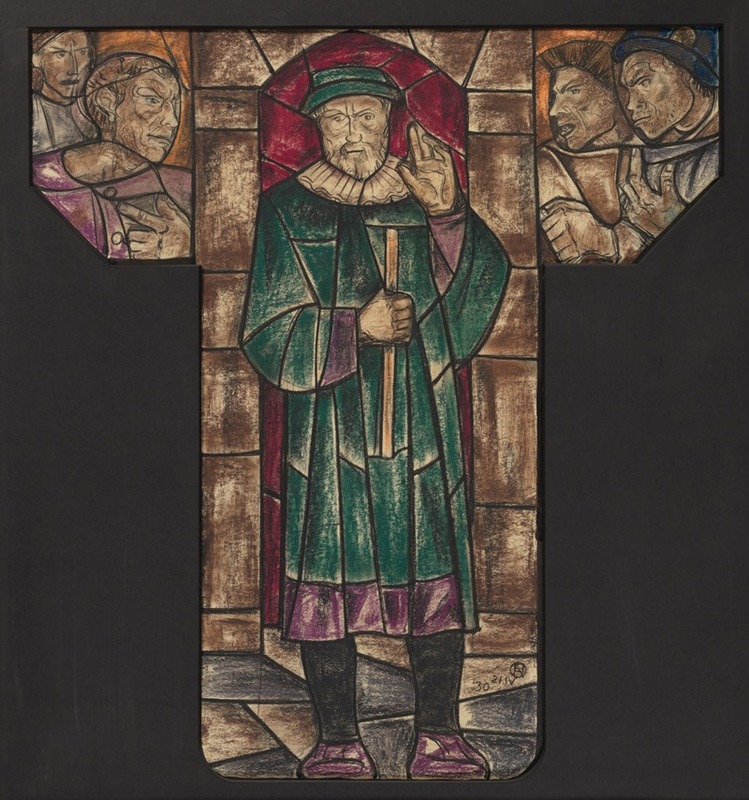
Ontwerp voor raam in het Stadhuis in Amsterdam 4
A hand-painted replica of Richard Nicolaüs Roland Holst’s masterpiece Ontwerp voor raam in het Stadhuis in Amsterdam 4, meticulously crafted by professional artists to capture the true essence of the original. Each piece is created with museum-quality canvas and rare mineral pigments, carefully painted by experienced artists with delicate brushstrokes and rich, layered colors to perfectly recreate the texture of the original artwork. Unlike machine-printed reproductions, this hand-painted version brings the painting to life, infused with the artist’s emotions and skill in every stroke. Whether for personal collection or home decoration, it instantly elevates the artistic atmosphere of any space.
Richard Nicolaüs Roland Holst was a prominent Dutch artist known for his contributions to the arts and crafts movement in the Netherlands. He was born on December 4, 1868, in Amsterdam and became a significant figure in Dutch art during the late 19th and early 20th centuries. Holst was a versatile artist, working in various media, including painting, drawing, and design. He was particularly renowned for his stained glass designs, which were highly regarded for their intricate detail and vibrant use of color.
One of Holst's notable works is the "Ontwerp voor raam in het Stadhuis in Amsterdam 4" (Design for a Window in the Town Hall in Amsterdam 4). This piece is part of a series of designs created for the Amsterdam Town Hall, showcasing Holst's skill in creating compelling and symbolic imagery for public spaces. The work reflects Holst's deep engagement with themes of social justice and his commitment to integrating art into everyday life.
Holst's design for the Amsterdam Town Hall window is characterized by its intricate patterns and symbolic motifs. His work often drew inspiration from mythology, literature, and history, which is evident in the allegorical elements present in this design. The window design was intended to convey a narrative or message, a common practice in stained glass art, which Holst mastered through his understanding of both traditional techniques and modern aesthetics.
The Amsterdam Town Hall, known as the Royal Palace of Amsterdam, has a rich history and has served various functions over the centuries, including as a city hall and royal residence. Holst's contribution to the building's artistic embellishments highlights the importance of integrating art into civic architecture, a principle that was central to the arts and crafts movement. This movement, which Holst was a part of, emphasized the value of craftsmanship and the role of art in enhancing the quality of life.
Holst's work on the Amsterdam Town Hall windows is a testament to his ability to blend artistic beauty with meaningful content. His designs were not merely decorative but served to inspire and provoke thought among viewers. The use of stained glass in public buildings during this period was a way to bring art to the masses, making it accessible to all members of society, regardless of their social status.
Throughout his career, Richard Nicolaüs Roland Holst remained committed to the idea that art should serve a social purpose. His work on the Amsterdam Town Hall windows is a reflection of this philosophy, as he sought to create art that was not only visually appealing but also rich in meaning and relevance to the community. Holst's legacy as an artist is marked by his dedication to integrating art into public life and his belief in the transformative power of art to inspire and educate.
In summary, Richard Nicolaüs Roland Holst's "Ontwerp voor raam in het Stadhuis in Amsterdam 4" is a significant example of his work as a designer and artist. It exemplifies his commitment to the arts and crafts movement's ideals and his ability to create art that is both beautiful and meaningful. Holst's contributions to the Amsterdam Town Hall remain an important part of the city's artistic heritage, reflecting his enduring influence on Dutch art and design.





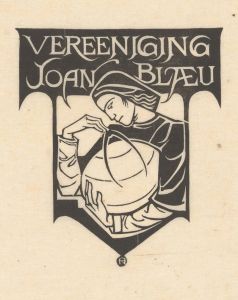
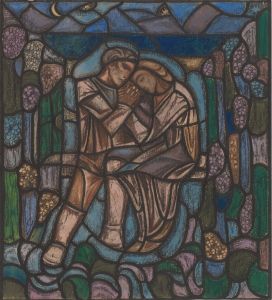
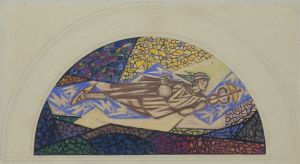
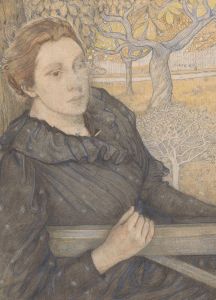
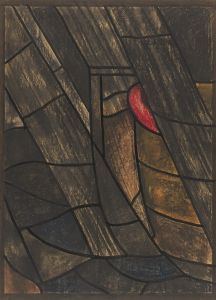

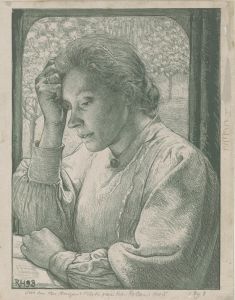
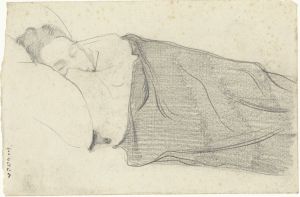
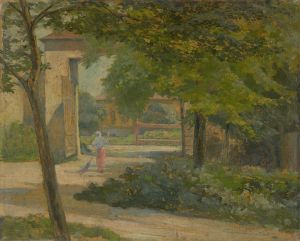
![[Design for the Lentheric Salon, Fifth Ave. & 58th St., Savoy-Plaza Hotel, New York, NY.] [Perspective rendering](/imgs/249263/s/winold-reiss-design-for-the-lentheric-salon-fifth-ave-58th-st-savoyplaza-hotel-new-york-ny-perspective-rendering-e749987f.jpg)
![Design drawings for Club Gallant project, New York, NY.] [Study for Club Gallant exterior](/imgs/249273/s/winold-reiss-design-drawings-for-club-gallant-project-new-york-ny-study-for-club-gallant-exterior-822ea339.jpg)
![Design proposals for Puck Theater, New York, NY.] [Interior perspective study](/imgs/249305/s/winold-reiss-design-proposals-for-puck-theater-new-york-ny-interior-perspective-study-616c8d27.jpg)
![Designs for Exhibition of Applied Arts Building, New York World’s Fair, 1939.] [Study for front of the building](/imgs/249314/s/winold-reiss-designs-for-exhibition-of-applied-arts-building-new-york-worlds-fair-1939-study-for-front-of-the-building-d3e93639.jpg)
![Interior perspective studies for Restaurant Crillon, 15 East 48th Street, New York, NY.] [Interior perspective study](/imgs/249374/s/winold-reiss-interior-perspective-studies-for-restaurant-crillon-15-east-48th-street-new-york-ny-interior-perspective-study-57caabec.jpg)